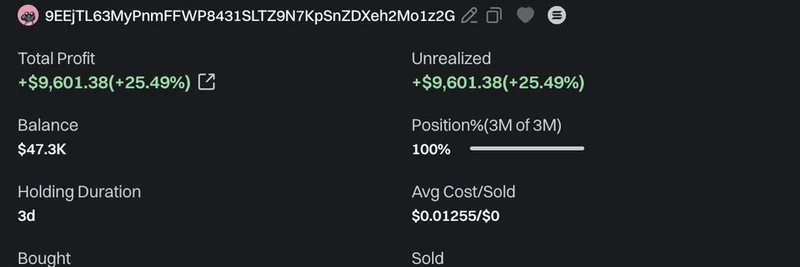Hey there, crypto enthusiasts! If you’ve been diving into the world of decentralized finance (DeFi) lately, you might have noticed something odd: some liquidity provider (LP) protocols have ditched the visual tools for creating concentrated liquidity market maker (CLMM) pools. This change has sparked a bit of frustration, especially from users like George Harrap, who recently tweeted, “why have LP protocols taken away the visual for making CLMM pools. really annoying makes making a position easier to fuck up” (@George_harrap). Let’s break this down and explore what’s happening, why it matters, and what it means for the future of DeFi.
What Are CLMM Pools and Why Do Visuals Matter?
First things first—let’s get on the same page. CLMM pools are an advanced type of liquidity pool used in DeFi platforms like Raydium. Unlike traditional automated market makers (AMMs), CLMMs allow liquidity providers to concentrate their funds within specific price ranges, which can boost returns through yield farming. Think of it like setting up a lemonade stand only where the most thirsty customers hang out—more efficiency, more profit!
Visual tools used to make this process a breeze. They offered a graphical interface where you could see price ranges, adjust your position, and avoid costly mistakes. Without these visuals, setting up a CLMM pool becomes a bit like cooking without a recipe—possible, but you might end up with a mess. George’s frustration highlights a real pain point: the lack of visuals increases the risk of errors, especially for newcomers or those managing complex trades.
Why Are Visuals Disappearing?
So, why are some LP protocols phasing out these handy visuals? There could be a few reasons. One possibility is the rapid evolution of DeFi technology. As platforms like Uniswap and Balancer push for more efficient smart contracts, the focus might be shifting toward backend improvements rather than user interface (UI) enhancements. Another factor could be cost—maintaining dynamic visuals requires development resources, and some projects might prioritize scalability over user experience (UX) in the short term.
Additionally, the DeFi space is known for its steep learning curve, as noted in a UX case study on Medium. The study points out that complex interfaces can overwhelm new users, and some developers might assume that experienced traders don’t need visuals anymore. However, this assumption could backfire, as even seasoned users rely on clear tools to manage their positions effectively.
The Impact on Users
Let’s talk about the elephant in the room: how does this affect you? Without visuals, setting up a CLMM pool becomes more manual and error-prone. For instance, if you misjudge the price range, you could end up with impermanent loss—a risk where the value of your deposited assets drops due to market volatility. This is a big deal in DeFi, where Hacken warns that understanding liquidity pool mechanics is crucial for security and profitability.
George’s tweet reflects a broader sentiment: the change makes DeFi less accessible. Newcomers might feel intimidated, while veterans could waste time troubleshooting mistakes. It’s a step backward from the user-friendly designs that platforms like Gemini advocate for, where LP tokens and pool management are explained with clarity to encourage participation.
What Can We Expect Moving Forward?
The good news? The DeFi community is vocal, and feedback like George’s could push protocols to rethink their approach. Some platforms might bring back simplified visuals or introduce tutorials to bridge the gap. Others could lean into mobile-first designs, as suggested in the Medium case study, to make pool management smoother on the go.
At Meme Insider, we’re keeping an eye on this trend, especially as meme tokens and other DeFi innovations intersect. If you’re a liquidity provider, staying informed is key—check out resources like Raydium’s guide to stay ahead of the curve. Diversifying your pools and using multi-signature wallets, as recommended by Hacken, can also mitigate risks while the UI landscape evolves.
Final Thoughts
The removal of CLMM pool visuals is a hot topic for a reason—it affects how we interact with DeFi and manage our crypto assets. While it might save developers some headaches, it’s clear that users like George feel the pinch. As the space grows, balancing technical upgrades with user-friendly tools will be critical. What do you think—should protocols bring back the visuals or focus on education instead? Drop your thoughts in the comments, and let’s keep the conversation going!


